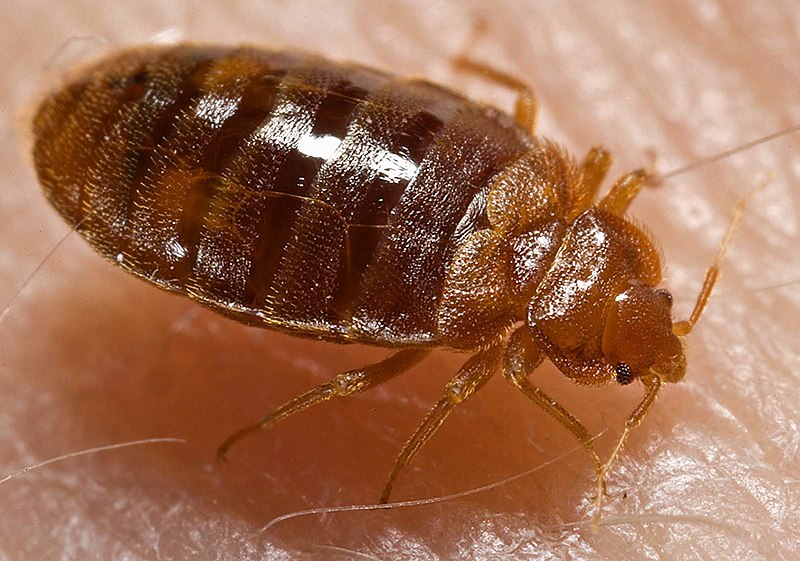Fail:Bed bug, Cimex lectularius.jpg

Shi nwuana̱son huni:a̱yaapixel 800 × 561 Ngyong ghyáng: a̱yaapixel 320 × 224 | a̱yaapixel 640 × 449 | a̱yaapixel 1,024 × 718 | a̱yaapixel 1,280 × 898 | a̱yaapixel 1,600 × 1,122.
A̱tsatsak fail (A̱yaapixel 1,600 × 1,122, shi fail: 161 KB, kak MIME: image/jpeg)
Nkhang fail
Nyap a̱tuk/jen a nwuan fail hu ma̱nang ku ku ndi di̱ ntsa hu mi̱ di̱n jen a̱ja.
| A̱tuk/Jen | A̱gban ghwughwu | Shi-a̱ka̱ta̱m | A̱tyunta̱m | A̱di̱dam | |
|---|---|---|---|---|---|
| mi̱ di̱ yong huni | 15:11, 17 Zwat Tswuon 2007 |  | 1,600 × 1,122 (161 KB) | Patho | == Summary == {{Information |Description=ID#: 9822 Description: This 2006 photograph depicted an oblique-dorsal view of a '''bed bug nymph, Cimex lectularius''', as it was in the process of ingesting a blood meal from the arm of a “voluntary” human h |
Nyian ta̱m ma̱ng fail
Wat huni nyia̱ ta̱m ma̱ng fail huni:
Nyian ta̱m ma̱ng fail mi̱ swanta hu a̱mgba̱m
A̱yaawuki á̱ghyang bani nyia̱ ta̱m ma̱ng fail huni:
- Nyian ta̱m di̱ af.wikipedia.org
- Nyian ta̱m di̱ an.wikipedia.org
- Nyian ta̱m di̱ ar.wikipedia.org
- Nyian ta̱m di̱ arz.wikipedia.org
- Nyian ta̱m di̱ ast.wikipedia.org
- Nyian ta̱m di̱ azb.wikipedia.org
- Nyian ta̱m di̱ be.wikipedia.org
- Nyian ta̱m di̱ bg.wikipedia.org
- Nyian ta̱m di̱ bjn.wikipedia.org
- Nyian ta̱m di̱ bn.wikipedia.org
- Nyian ta̱m di̱ bs.wikipedia.org
- Nyian ta̱m di̱ ca.wikipedia.org
- Nyian ta̱m di̱ ca.wiktionary.org
- Nyian ta̱m di̱ ceb.wikipedia.org
- Nyian ta̱m di̱ cs.wikipedia.org
- Nyian ta̱m di̱ cv.wikipedia.org
- Nyian ta̱m di̱ dag.wikipedia.org
- Nyian ta̱m di̱ de.wikibooks.org
- Nyian ta̱m di̱ din.wikipedia.org
- Nyian ta̱m di̱ el.wikipedia.org
- Nyian ta̱m di̱ eml.wikipedia.org
- Nyian ta̱m di̱ en.wikipedia.org
- Nyian ta̱m di̱ en.wikinews.org
- Nyian ta̱m di̱ en.wiktionary.org
Li nvak jhyang nang á̱ nyian ta̱m mi̱ swanta hu ma̱ng fail huni.

